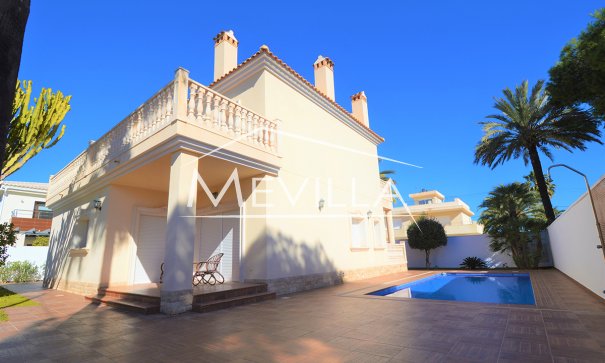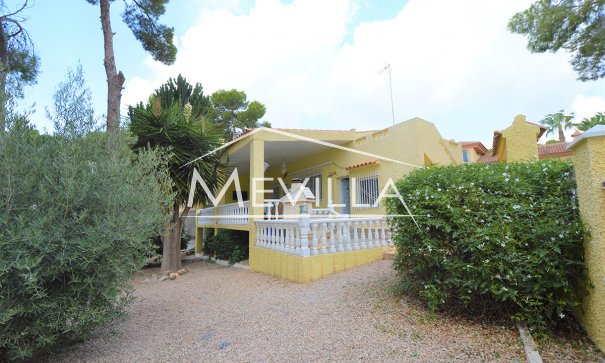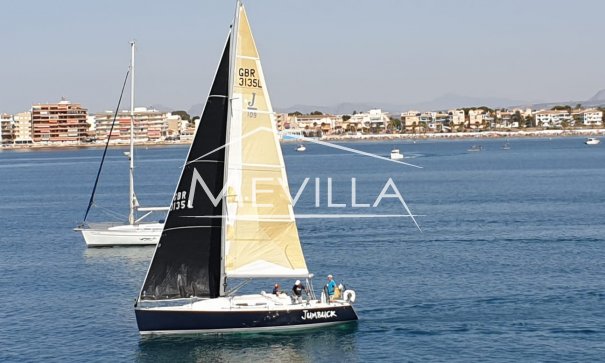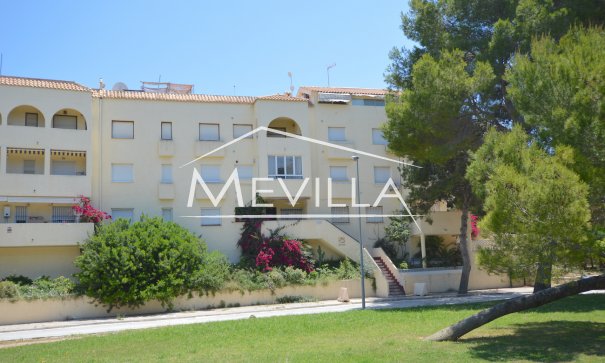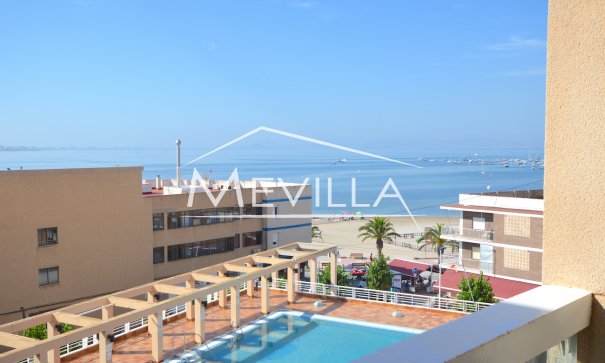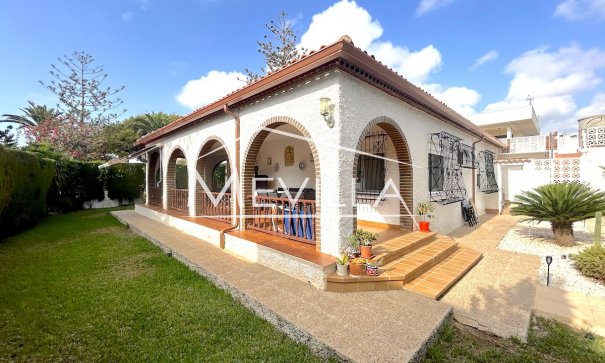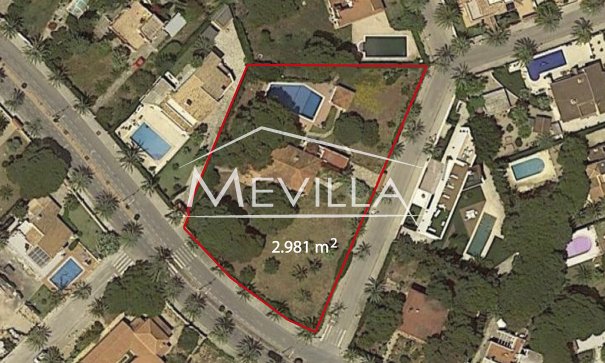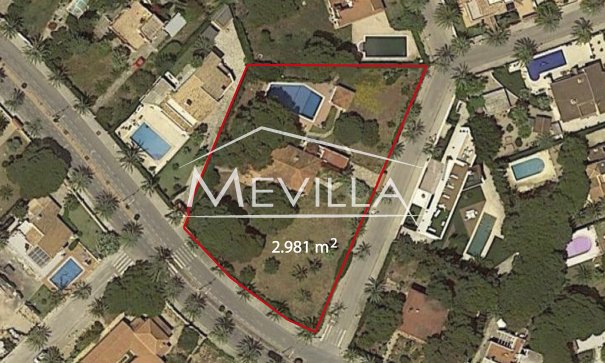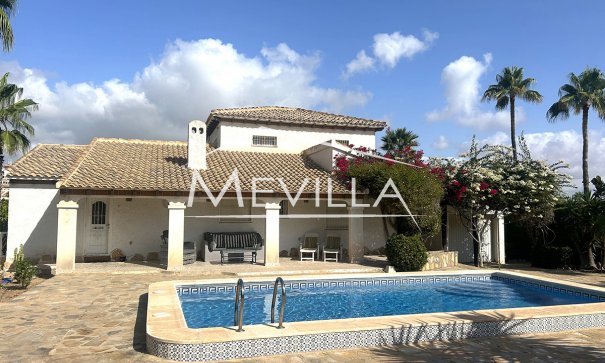Description
Reconnecting with happiness
The famous Spanish region of the Costa Calida is located on the Mediterranean coast of the province of Murcia and has a length of 250 kilometers, ranging from the beaches of El Mojon in the province of Alicante, Costa Blanca, to the beach of Los Cocedores on the border of the coast of Almeria.
A lot of sun and little rain with an annual average of more than 18 degrees, are the hallmarks of this coastal area, its location in the Gulf of Mazarron, prevents the entry of cold Atlantic waters from Gibraltar and this makes the coast of Murcia is the warmest in Spain, with an average of five degrees higher temperature on its beaches than the rest.
We must not forget the Mar Menor, the largest saltwater lagoon in Europe (170 square kilometers). Semi-circular in shape, the Mar Menor is separated from the Mediterranean Sea by a 22 km long and 100 to 1,200 m wide strip of sand. In its coastal perimeter it has 73 km of coastline, with a succession of beaches of transparent and shallow waters (the maximum depth is no more than 7 m), and it has a surface area of 135 km².
The Costa Cálida is a wonderful place, full of multiple advantages, either for its climate, unique and healthy, for its gastronomy, which offers traditional dishes of Mediterranean cuisine with its own identity, its wonderful beaches, many of which are awarded with a blue flag and the distinctive "Q" for tourist quality, especially for lovers of water sports, since it is home to numerous and famous schools of diving, windsurfing or sailing, several high performance sports centers related to Olympic sports are located on its coasts. Without detracting from the wide range of possibilities offered to golfers, since there are many golf courses scattered throughout the province, all of them of great quality, some of them of international fame.
The fact is that whether it is for its ancient villages full of history, of Roman or Arab origin, its luxury hotels or economic campsites, luxurious restaurants or small and charming cafes, luxurious spa centers or modest bathing resorts, everyone will find something to suit their taste or budget.
HOW TO GET TO THE COSTA CALIDA BY ROAD
The Costa Cálida is accessible by road, either coming from the north, through the Valencian Community, through the AP-7 highway, direction Cartagena, or through the N-332 that borders the coast, or from the south, from the Community of Andalusia, also through the AP-7, direction Cartagena or through the E-15, direction Lorca - Murcia.
HOW TO GET TO THE COSTA CÁLIDA BY PLANE
The Community of Murcia and specifically the Costa Cálida, is perfectly accessible through the Airport of Corbera, which is equidistant to almost all the populations of the Murcian coast.
WHAT IF I WANT TO GET TO THE COSTA CÁLIDA BY TRAIN?
Access to the coast by train is relatively simple, either through the San Javier - Balsicas or Torre Pacheco stations, if you are coming to the Mar Menor area and surroundings, or also through the Cartagena train station, which includes a branch line to Los Nietos, right in the center of the Mar Menor. As for the coastal towns of Mazarrón and Águilas, the closest is the train station of Almendricos.
WEATHER:
The Costa Cálida, is in a transition zone between the Mediterranean climates and the semi-arid climates that advance the characteristics of the North African desert giving rise to higher temperatures and scarce precipitation, producing as a consequence a subtropical climate, that offers between 120 and 150 days of sun a year and an average temperature of +18º C, with hot summers and mild winters.
GEOGRAPHY:
In a few kilometers there are cliffs, coves, sandy beaches and protected coves. It is, in general terms, an arid and steep coast. The natural wealth of its waters is remarkable in the Cabo de Palos, where an important marine reserve exists. There are also several protected natural areas such as the salt flats and sandy areas of San Pedro del Pinatar, Calblanque, Monte de las Cenizas and Peña del Águila, Sierra de la Muela, Cabo Tiñoso and Roldán, the regional park of Cabo Cope and Puntas de Calnegre or the protected landscape of the Cuatro Calas.
The northern end of this coast includes the Mar Menor, a coastal saltwater lagoon which, with about 170 km², is the largest in Europe. The Mar Menor is separated from the Mediterranean by a 22 km strip of sand called La Manga, on which one of the mainstays of the region's tourist development has been built.
HISTORY:
Particularly rich in history, the Region of Murcia, and more specifically the Costa Cálida, is dotted with many places and corners of particular interest due to its Mediterranean location, which has witnessed the passage of numerous cultures and civilizations.
It preserves important prehistoric sites, such as the second oldest human remains in the peninsula at the Sima de las Palomas, or the presence of one of the most developed cultures of the Metal Age such as the Argar Culture.
Among the pre-Roman peoples, the presence of the Phoenicians on the coast stands out, where the remains of the Phoenician ships of Mazarrón are found, in addition to the important development of the Iberian Culture. Although it is necessary to emphasize the arrival of the Carthaginians in 227 B.C., that supposed the foundation of Qart Hadasht (present Cartagena), turning to the zone in its main area of expansion in the peninsula.
It was precisely the war against the Carthaginians that motivated the conquest of the Romans, having Carthage Nova as the center in the area, becoming the capital of a province during the Low Empire.
Later on, the Visigoths and then the Byzantines settled down, to pass again to the Visigoths in the 8th century. It was during this period that what would be called Cora de Tudmir, an autonomous area of the New Muslim Hispania, emerged following the agreement between the Visigoth Doge Teodomiro and Abd el Aziz. This will mark the special assimilation of the southeast area in Al-Andalus. Later the Muslims developed a greater influence, highlighting on this occasion the rise of the city of Murcia, capitalizing on three Taifa kingdoms until the thirteenth century, the time of the Christian conquest.
In more modern times, in the middle of the 20th century, thanks to tourism, there was an urban explosion in the whole area, especially in the area of La Manga del Mar Menor and its area of influence.
Today it is a region that lives off tourism, industry and its fertile lands, earning it the nickname of the Vegetable Garden of Europe.
FACILITIES ON THE COSTA CÁLIDA
As you would expect, the quality and number of facilities and services offered by the Costa Cálida is perfectly in line with the requirements at European level, both for residents and for tourists and visitors.
The recently inaugurated airport of Corbera competes directly in importance with its closest neighbor in the province of Alicante and more and more airlines are deciding to offer this airport to travellers and clients. The existence of several train stations spread throughout the province ensures the transfer of as many people as they wish to use this means of transport. As far as road transport is concerned, the Ap-7 freeway, the A-15 freeway and the N-332 road provide the backbone of communications from north to south of the Costa Cálida in an efficient manner.
The proximity of several hospitals, strategically located, ensures the health care of all people, whether residents or visitors, with a high level of professionalism and deployment of means, in addition, several health centers spread throughout the populations of the coast ensure all potential users do not have to make large journeys to access the health centers.
There are also several bilingual schools, some of them private and renowned, spread along the Costa Cálida.
WHAT TO DO ON THE COSTA CÁLIDA
The Costa Calida has great sports and leisure facilities. Larger cities and towns have well-equipped sports centers, usually with tennis or paddle tennis courts available for rent. Several riding stables offer guided tours and lessons. There are numerous golf courses on the coast, and many more within an hour's drive, either inland or to Alicante.
Many miles attract walkers and long distance runners alike. Much of the area is fairly flat, and with generally quiet roads, it is a pleasure for cycling enthusiasts. There are several marinas where you can rent fishing boats, with or without crew, most water sports are well attended, with diving schools, some of international renown, as well as windsurfing and sailing.
The Costa Calida is blessed with many miles of fine sand beaches, with some areas backed by dunes and virgin pine forests, many towns and villages along the coast are proud of their walks and beaches and are also well served by bars and restaurants, many with great views of the Mar Menor and La Manga.
The sea water is warm and very pleasant for bathing, the Mar Menor is shallow (which helps it warm up quickly), and the beaches have a gentle slope, making them ideal for families with small children and anyone who prefers not to be hit by the waves. The Mar Menor is surrounded by the towns of San Pedro del Pinatar, San Javier, Santiago de la Ribera, Los Alcázares and La Manga.
To all these options, we must also add the historic port city of Cartagena, with a multitude of monuments, museums and architectural treasures from past times. This city was a strategic fortified Mediterranean port for more than two thousand years.
In addition to all this, golf lovers are particularly fortunate, if they finally decide to stop at the Costa Cálida to practice their favorite sport, since among several possibilities we can find "La Manga Club", a world famous 5 star luxury resort, with its three 18 hole courses with high quality accommodations and a luxurious playground located on 1400 acres of lush and undulating field scattered with thousands of palm trees and surrounded by lemon trees.
PROPERTIES ON THE COSTA CALIDA
If there is something that can be said of the Costa Cálida, it is that in it the dreams are within reach of all the pockets, practically in all the populations of their territory you can find a housing solution according to your possibilities, from the luxury resort or urbanization of high standing, until the most modest and affordable housings, without diminishing for it quality neither the quantity of services that these offer, happening even for campings with excellent facilities on foot of beach.
There is no doubt that it is difficult to find, at this point in the 21st century, isolated fishing villages or places where tourism has not already made its presence felt in a notorious way, but it is still possible to find peace and tranquility within the reach of anyone.
Depending on the area where you are, the range of possibilities is very large, from single-family homes and townhouses in urbanizations relatively close to the beach, to towers of luxury apartments for sale, overlooking the sea, in the case of La Manga, bungalows and apartments of more affordable prices, in modern urbanizations with a community pool, to urbanizations with villas and chalets for sale of high quality and price, all with beautiful and well cared for gardens, also overlooking the sea and in front of the beach many of them.
Until a few years ago, the majority of the operations of purchase and sale in the Costa Cálida, were based on the national client, that could be of the same province, are many the neighbors of the City of Murcia that have fixed their second residence throughout all the coast, or of the rest of Spain. The foreign tourism on the other hand, only made short visits and for short periods.
This trend has changed over the years and more and more foreign citizens are setting their second home on the Costa Cálida, even in some towns to exceed the number of local residents.
Citizens from England, France, Ireland, Germany, Belgium, Norway and Sweden, but also those coming from the other side of the pond, such as Americans and Canadians, are more and more numerous among the regular residents of the Costa Cálida.
SUMMARY
The Costa Cálida is a perfect place to settle down or to fix your second residence, it has a very healthy subtropical climate, with a profusion of means, services and facilities according to the demands of modern times.
There are more and more Spanish citizens, as well as citizens from the rest of Europe and even from the American continent, who are choosing their coasts to settle down.
The diversity in real estate, as well as the quality of the new constructions favors the acquisition of houses to the new owners, since it can be assured with total certainty, that in the Costa Cálida there are possibilities for all the pockets.
Due to its cultural, historical, gastronomic and landscape richness, the Region of Murcia and especially the Costa Cálida is one of the references in international tourism.
If you want more information about obtaining a property in the Costa Calida or in Costa Blanca, do not hesitate to contact Mevilla Real Estate and our team of professionals will advise you to acquire the property according to your preferences and needs.

















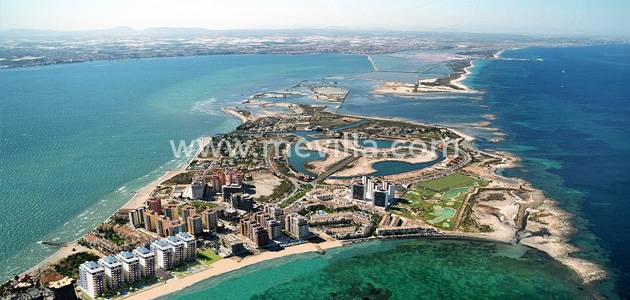
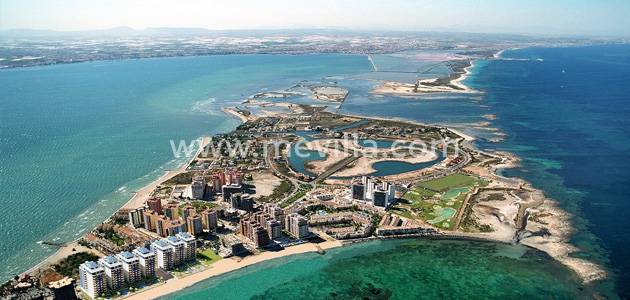


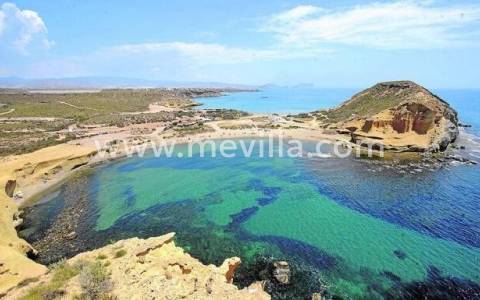
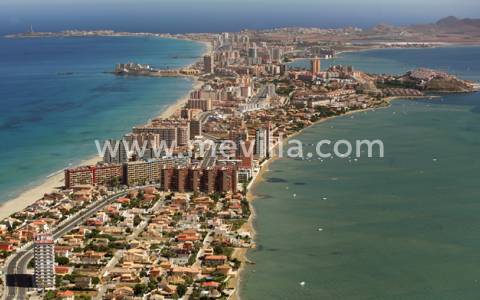
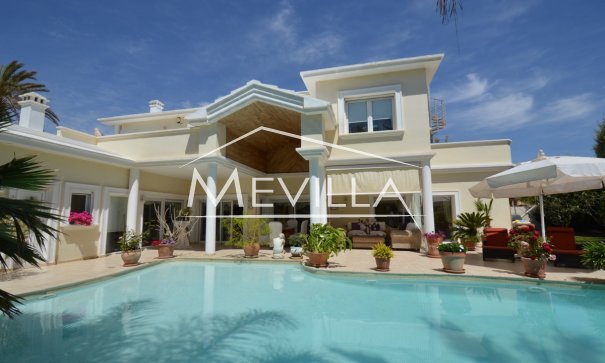
 Orihuela Costa · Cabo Roig
Orihuela Costa · Cabo Roig






